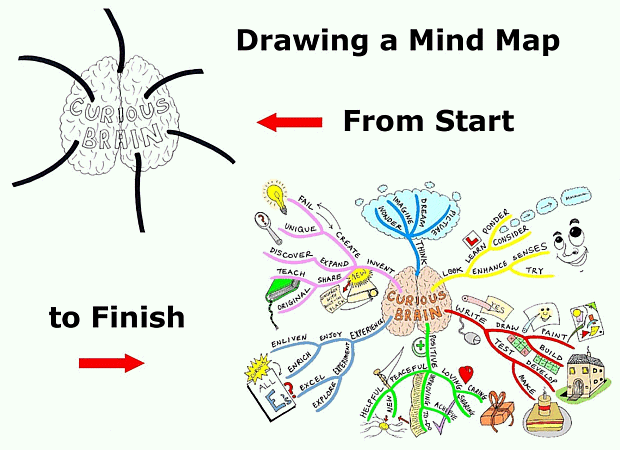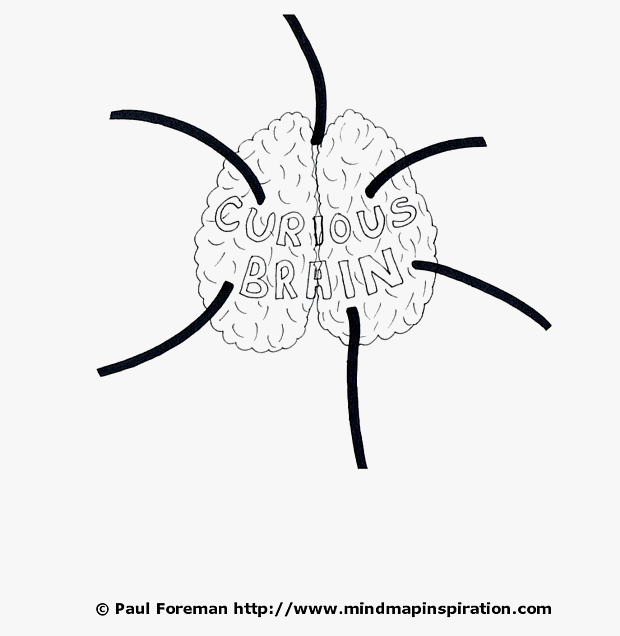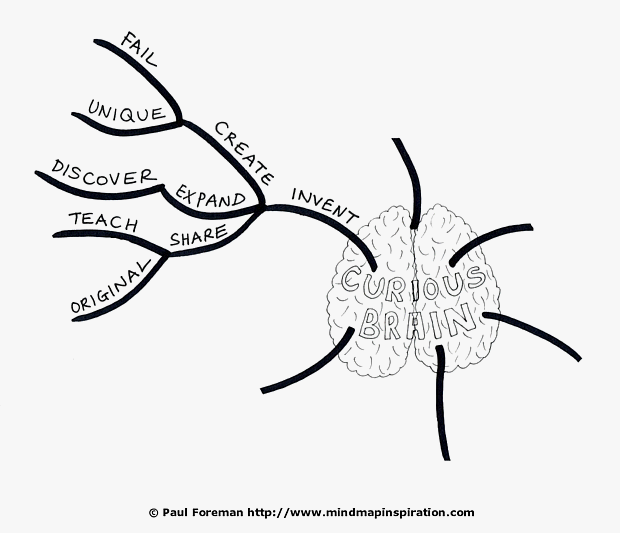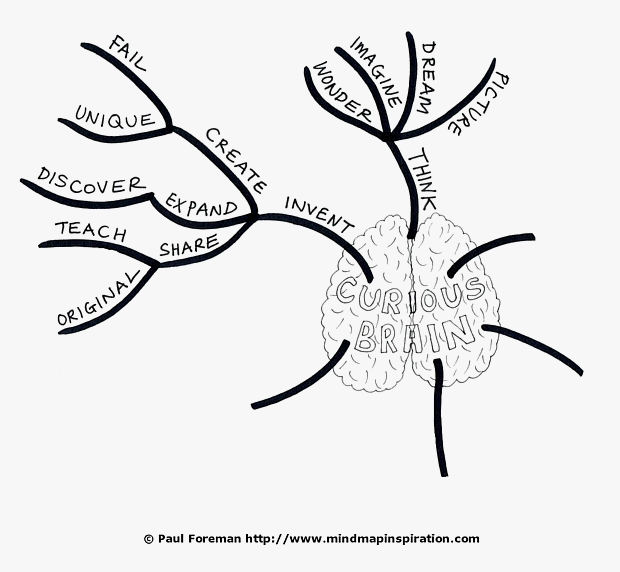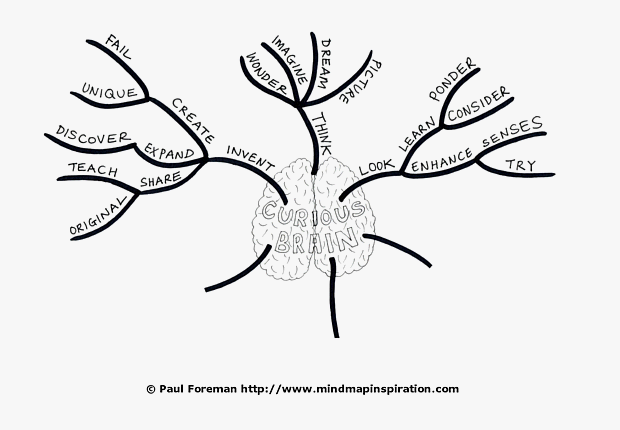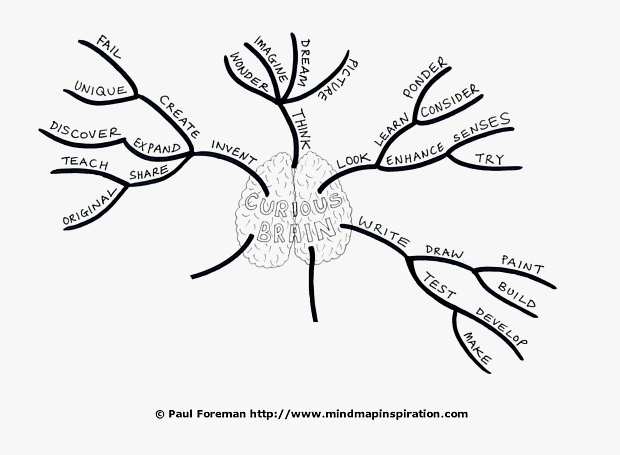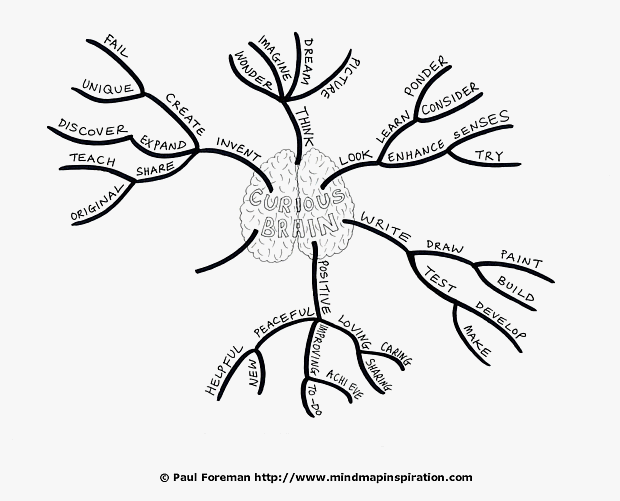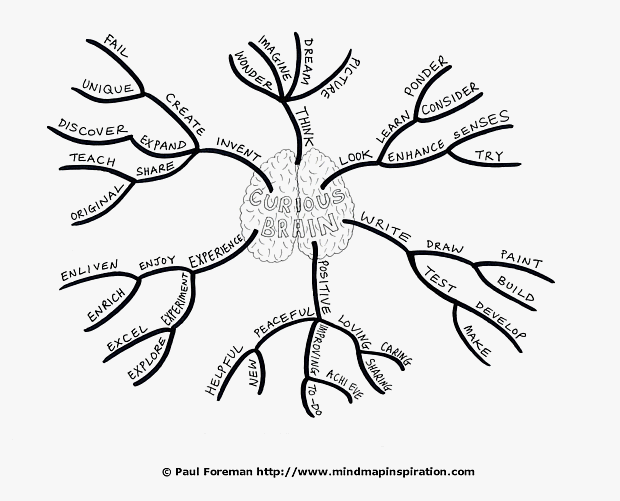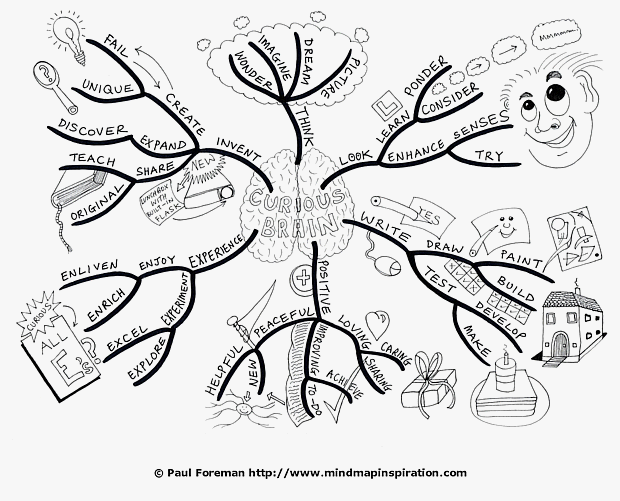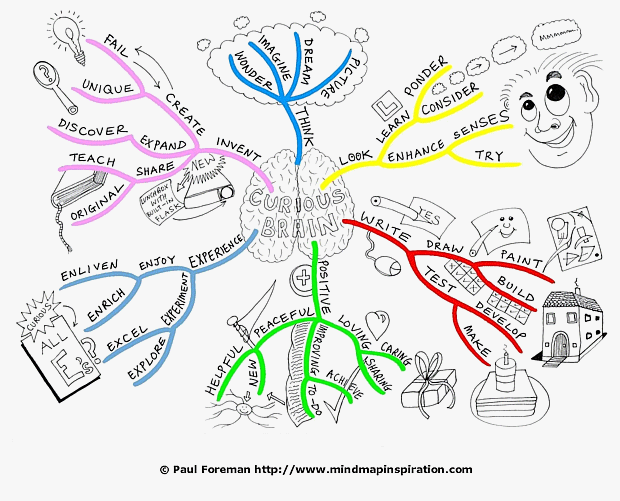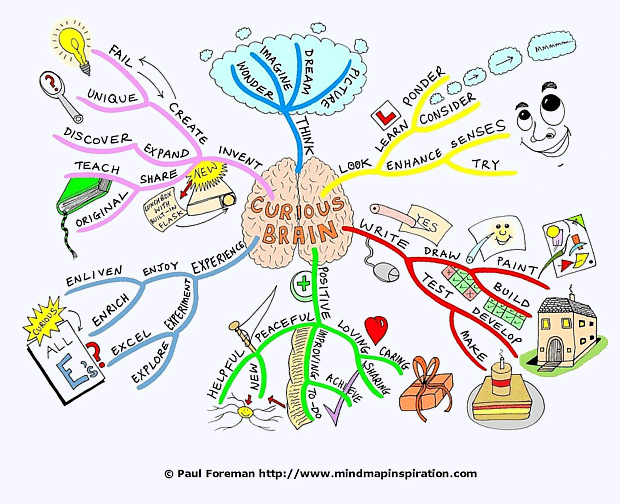By Amir Elion
Edward De Bono’s Six Hats method is a powerful and creative approach for communication. If you design your communication efforts - such as speeches, meetings, dialogs, posters and ads - according to this model, you will increase your odds of getting your message through in an original yet clear and effective way.
What are the Six Thinking Hats?
The Six Thinking Hats is a method devised by Edward De Bono and meant to improve the results of thinking and discussion. It may be used either by oneself or in a group. De Bono claims that by separating six different types of thinking we can make our thinking clearer and more thorough. We should "wear" each hat in turn, and analyze the issue at hand from six different aspects separately. In a group setting, the entire group is encouraged to use just one hat at a time, thus contributing to an organized and comprehensive discussion, rather than a confused and mixed-up argument. Each hat is marked with a different color and represents the following type of thinking:
The White Hat represents facts, information, and statistical data, as well as identifying missing information and from which sources it may be collected.
The Red Hat symbolizes emotions and feelings. While wearing this hat, people are "allowed" to express their feelings about the subject or to share their general mood, which might be affecting their participation or lack of it. This hat does not require logical reasoning or justification, as feelings are almost always subjective rather then rational.
The Yellow Hat signifies positive rationality, and is used to look at the positive aspects of a situation or idea, on the potential benefits of the suggested course of action, and on the parties who are expected to profit from it. It is emphasized that support for the idea should be logically justified and not simply stated without explanation.
The Black Hat is in a way the opposite of the Yellow Hat. It is used for discussing the negative repercussions of the plan, the potential dangers, and any criticism on the logic of arguments made in its support. As in the case of the positive hat, logical justification is expected when presenting the reservations rather than opposition for the mere sake of opposition.
The Green Hat stands for creativity and unconventional thinking. When wearing this hat, people are encouraged to think creatively (although in this case De Bono does not specify how). Brainstorming, creative thinking tools, lateral thinking and other such methods are to be used in order to search for unexpected developments of the idea or the discussion.
The Blue Hat - this hat is used for directing the discussion, for switching hats when necessary, for summarizing the major points of the discussion, as well as for making decisions.
Yellow Hat – why use the Six Hats method for creative communication?
As you can see, the De Bono’s Six Hats represent six very different ways of thinking. By using this model you will be able to easily find several ways for getting a message through. It should save you time in thinking about the ideas, and give you a clear methodology for producing new ideas whenever you need them.
Another advantage for using the Six Hats of creative communication model is based on the fact that different people are influenced by different kinds of communication. Some are deeply affected by emotion, while others are more susceptive to logical reasoning, and a third group may need a fair amount of objective information in order to make their own judgment. If you come up with creative communication ideas covering all types of thinking, you will be able to choose those that best fit your audience, or even to use all types of thinking to ensure that anyone can find what they are looking for in your message.
From my personal experience I can testify that the systematic use of the Six Thinking Hats method broadens one’s creative scope and has certainly trained me to look for other ways for solving problems and achieving goals. Thus, you gain not only creative ideas for the specific need, but also enhance your general thinking ability.
Black Hat – things to look out for
Not all ideas are suitable for the Six Hats method of Creative Communication. The Six Hats method is a way for making a comprehensive analysis of a subject. Thus, it may not be suitable for issues that are not important enough or too basic. If you insist on using it too often, your audience might get tired of the lengthy discussion of a matter which could be explained in a much simpler manner.
A different concern is the fact that the separation of thinking suggested by the Six Hats method is not the natural way humans think, or at least – not the common way we are taught or trained to think. This means that constant effort is required if you wish to endorse and encourage this kind of creative thinking by yourself or in your group.
Also, it might be claimed that for certain occasions it is actually better to emphasize just one way of thinking and not "confuse" the audience with all the complexities and truths of the situation .
Green Hat – Creative Examples
Here are a few ideas and examples for using the Six Hats for Creative Communication:
Shoot a video with six chapters of the same message, played out in six different moods. Say you wanted to talk about a new product. The white hat would have people talking about it only in terms of facts and figures, data and numbers - even to an exaggerated and humoristic extent. Another section (yellow hat) would have euphoric people discussing the wonders that would follow from using the product. Another section would have a very negative person pointing out the dangers of using the device, but at the same time would have a bubble with a creative engineer (green hat) working on creative solutions for the problems raised by that pessimist. A final section would have people getting very emotional about the product, jealous of people who have it or very protective of it.
If you have an organizational message you want to get through to your employees, use posters to address this message using the six types of thinking. If your message is about safety, for instance, you could make posters with details on the number and results of workplace accidents. Other posters may offer rewards for people who promote safety. A third group of posters could stress the disasters that can happen if people don’t follow safety procedures. Another type of posters would include riddles and creative contests concerning safety. A fifth type would call for people to make decision on the safety of their environment, and a whole different set of posters would be designed to strike people emotional cords.
I even have an idea for writing a whole book with this model in mind. It could be divided into chapters with the different types of thinking stressed in each, or it could include various characters and heroes – each with a personality exemplifying the unique type of thinking.
Blue Hat – Summing up and making decisions
The Six Hats of creative communication can be used as a powerful creative tool. It takes practice to use it well, but once you get the hang of it, it should become more natural and useful.
Amir Elion is a management and innovation consultant and facilitator. His Practical Creativity website on http://www.best100ideas.com includes numerous creativity and innovation tools. Many creative ideas in various fields, as well as creativity tools, may be found on the free monthly Creative Ideas Newsletter: http://www.best100ideas.com/newsletter.shtml.
Read more...


